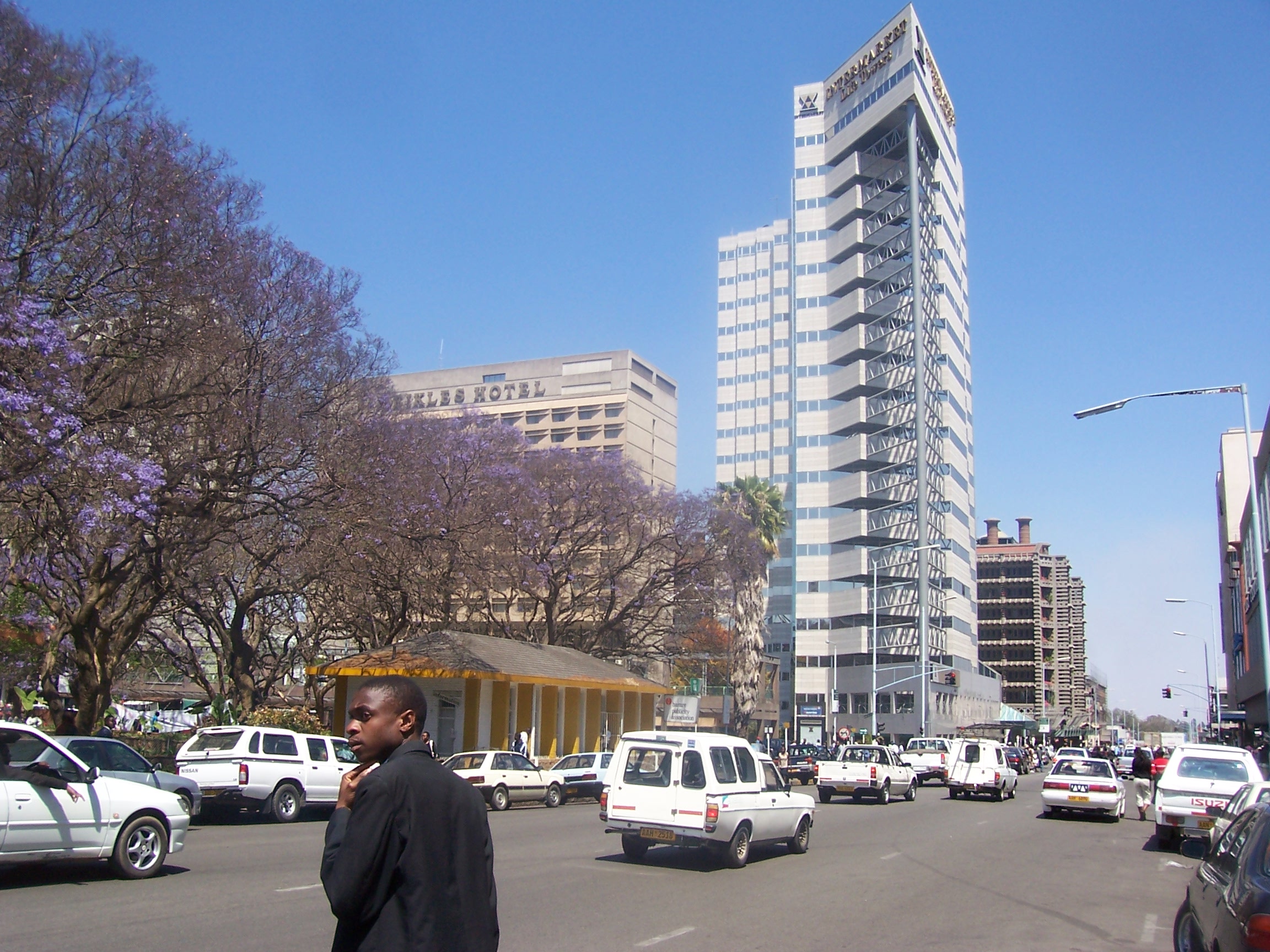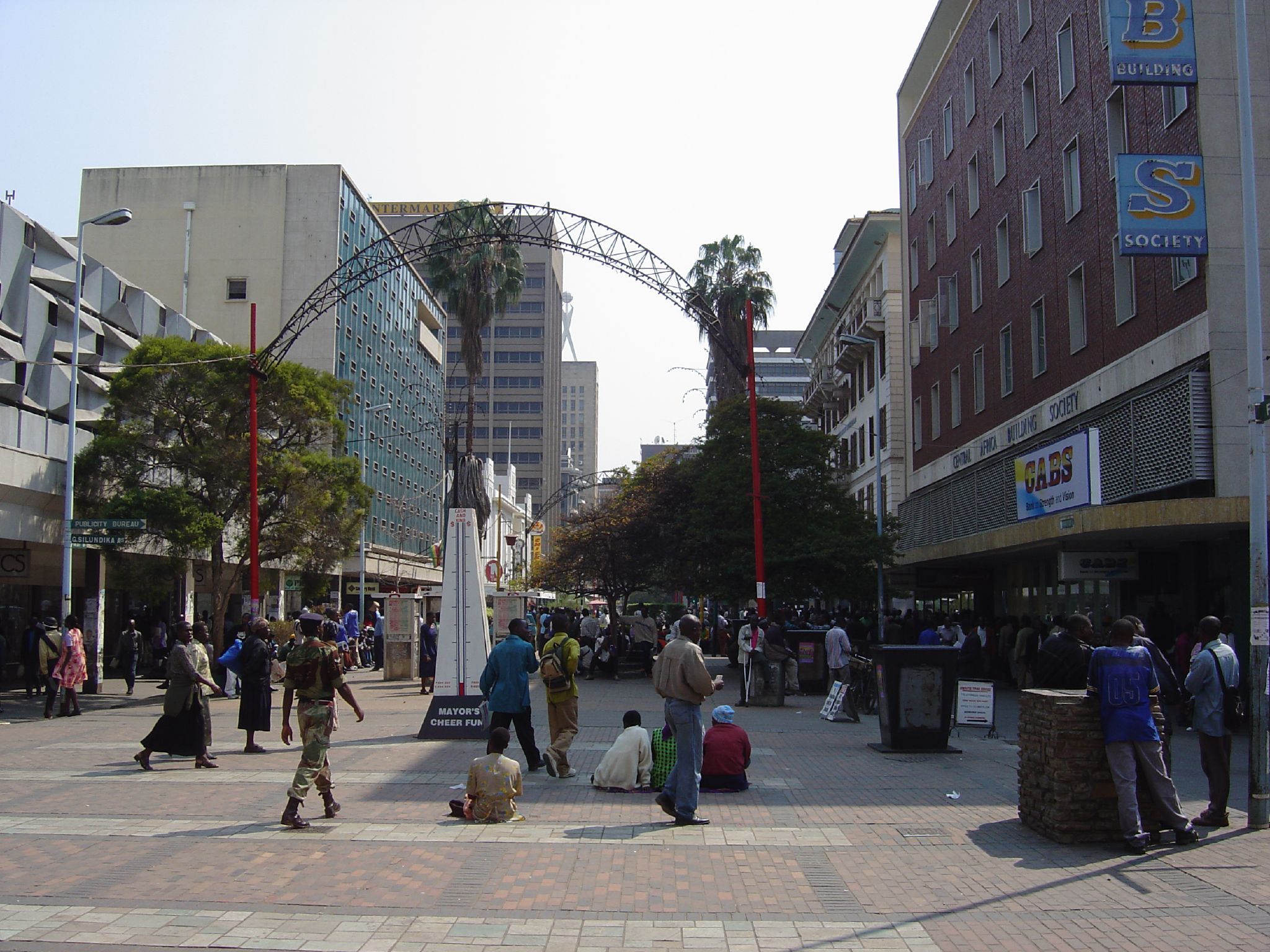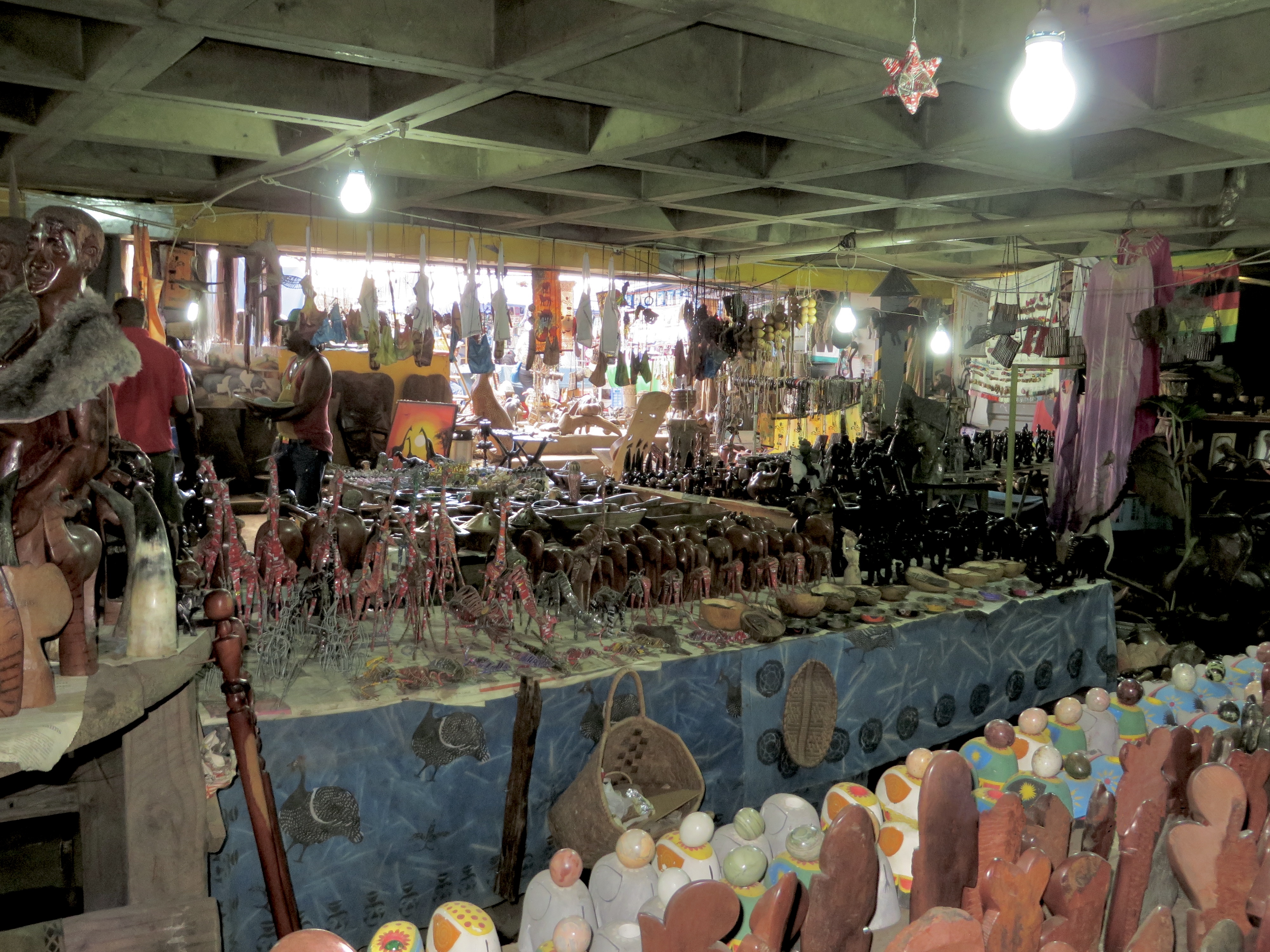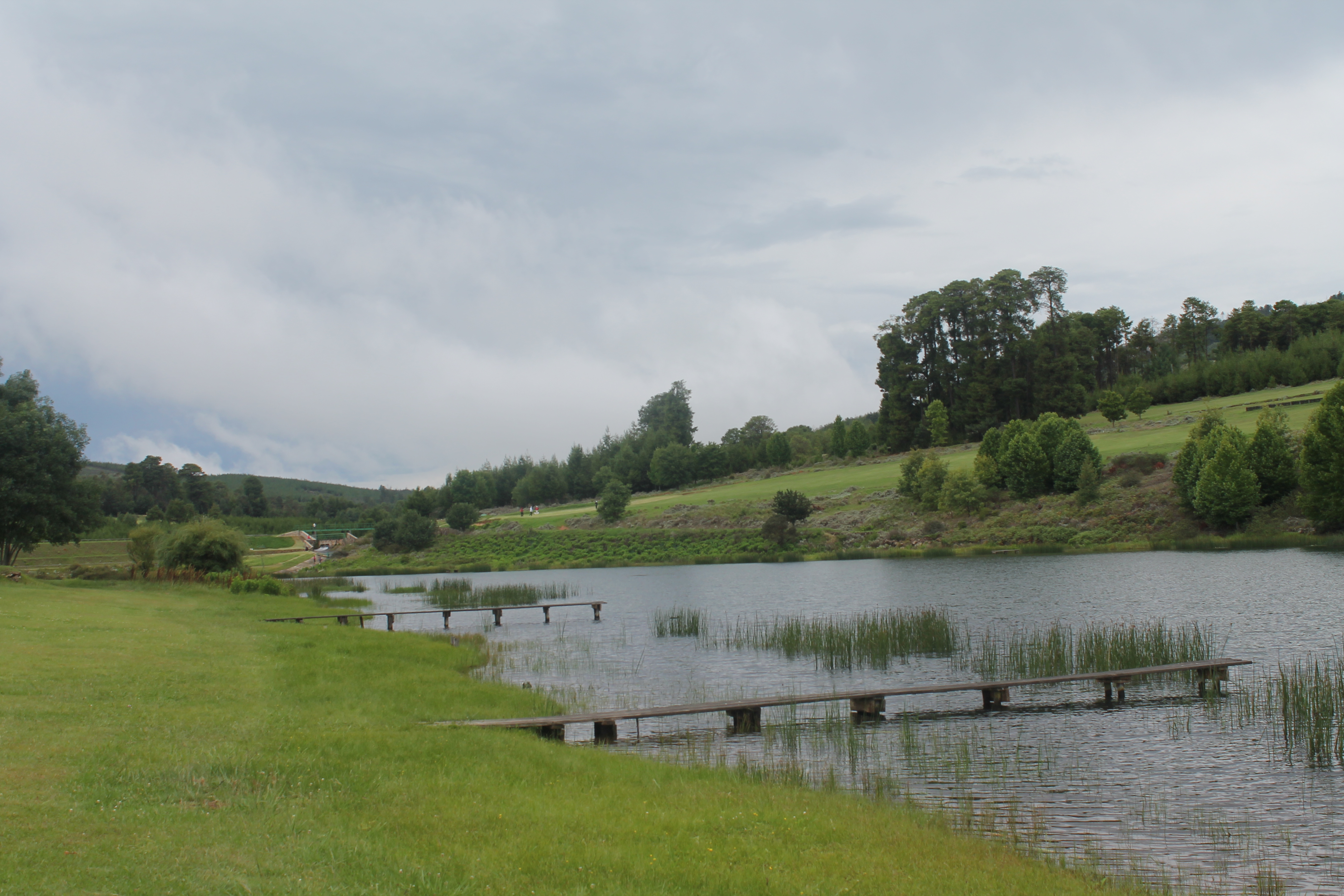News
Current Student Profile: Sessely Mavunga from Zimbabwe

When we consider the problems of water quality as they appear globally, there are both infinite variations and a common set of themes. Environmental Analytical Chemist Sessely Mavunga, from Harare, Zimbabwe, offers a glimpse into what this can look like. Regular readers of our student profiles and alumni updates will recall Onesmus Kativhu, another analytical chemist in Harare. Onesmus, from his position in the teaching laboratory at the University of Zimbabwe and his home on the outskirts of the city, sees certain problems with water quality in the area; for him, the most apparent problems are in groundwater, densely packed residential boreholes, and their possible contamination. Sessely, from his position at the Environmental Management Agency Laboratory, sees a rather different set of problems.
To Sessely, the most pressing issues are the illegal discharge of effluents into rivers, particularly from manufacturing. Harare’s industrial base is substantial and wide-ranging: it includes the manufacture of soap, textiles, plastic, fertilizer, and steel, as well as leather tanning and food processing. Each of these generates its own toxic cocktail of pollutants that can degrade water quality. Soap manufacturing, for example, leads to problems with sodium hydroxide and elevated levels of potassium; textiles can lead to chromium 6; fertilizer can increase the acidity of water bodies; and while plastics have not been studied or monitored much in this particular region, we know from elsewhere in the world that plastic manufacturing and plastic waste can cause long-term problems with pollutants even in minute concentrations. In addition to manufacturing, mining is also an area that Sessely notes has effects on water quality. The machinery used can lead to cyanide, zinc, and manganese; the processing of ores can lead to chromium as well. The heavy metals generated by industry are a long-term challenge, as they make their way into ambient water bodies. When the water is used for irrigating crops, these metals can be taken up by locally grown vegetables and make their way into people’s bodies where they can wreak havoc.

First Street, Harare, Zimbabwe. Image by Gary Bembridge, CC BY 2.0
The fact that Sessely can point to these problems with some specificity is an indicator of the state of monitoring occurring in the area. His agency has 374 monitoring points, and they regularly carry out activities to identify, sample and clean up spills of hazardous materials. Still, it is not enough: according to Sessely, there are gaps in the regulations that govern wastewater discharge, and inadequate enforcement.
Much of the state of water quality legislation in Zimbabwe is organized around a 2007 Act of Parliament that put new regulations in place. However, in many cases, the existing manufacturing facilities were in place before that act came into force. As a result, they were initially built without pollution abatement measures and retroactive measures have not been required. Moreover, Sessely explains that ‘there is a great deal of evasion… even when caught [making illegal discharges], they just dump after hours’. The relatively lax enforcement of water quality regulations also features low fines for offenders. Sessely explains that in many cases, ‘it is cheaper [for the offending facility] to pay the fine rather that work on treating the water’. All of this is compounded by the issue that Zimbabwe in general, and Harare in particular, has been growing and developing rapidly. Rural-urban migration has picked up, but the construction of new water provision infrastructure has not kept pace.

A Market in Harare, Zimbabwe, by Suesen, CC BY-SA 3.0
The existing water infrastructure dates mainly from the 1980s, and with growth outpacing it, many families have resorted to boreholes and septic tanks over water treatment plants and sewers. On top of that, some sections of the existing system suffer badly from corrosion. In other cases, as Sessely explains, the treatment plants may treat the water for human use, but then it is contaminated by older, worn-out pumps and pipes. There are occasional problems with typhoid and cholera in the water, very serious issues which can be extremely hazardous for people exposed to them.
Sessely paints a compelling picture of a situation in which some water quality capacity development has clearly occurred and which has led to benefits. Sessely himself, having gone through a Post-Graduate Diploma programme and now working toward an MSc with GEMS/Water CDC, is a perfect example: he explains that ‘taking the freshwater quality monitoring and assessment programme was instrumental in improving how we [in Harare] do water quality monitoring from design, [to] sampling, analysis and reporting under SDG [Sustainable Development Goals] 6.3.2’. This is reflected in Sessely’s ability to speak with confidence and precision on the state of water in his area.

Inyanga [surface water body in Zimbabwe], by Farai A Chindiya, CC BY-SA 4.0 link
However, more remains to be done. An additional—and sometimes neglected—aspect of capacity development is the ability to advocate on behalf of water quality issues, an ability which grows as water sector professionals improve their skills and improve their data. Sessely hopes to take this even further, as he aims for improved, real-time monitoring. Problems of pollution evasion could be more directly identified and pinned down with real-time monitoring. In the big picture, individuals like Sessely and the conditions that he describes are a powerful reminder of the need for multi-dimensional capacity development. It is not enough to have technical solutions; they must be advocated for, implemented, and enforced. And this can only happen through key individuals like Sessely, who possess the training and the drive to improve water quality for all.
